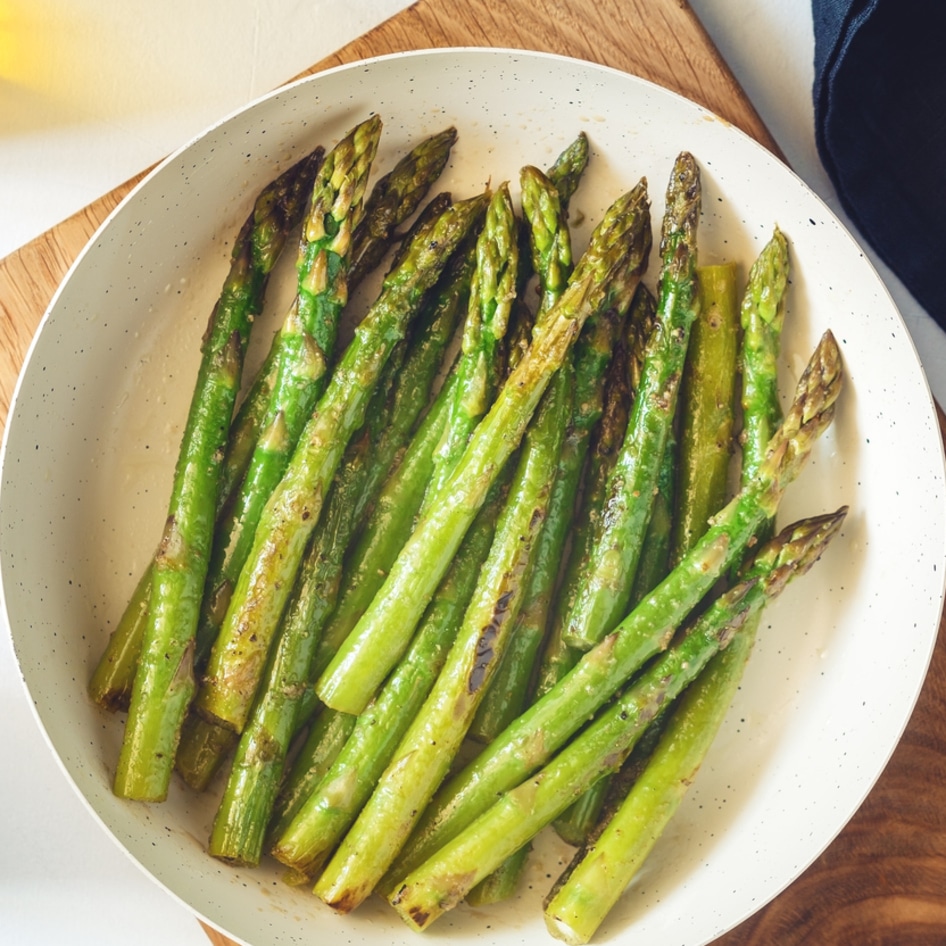Scientists Grow Beating Heart Tissue on Spinach
Breakthrough biotechnology proves that plants can serve as viable replacements for animals in medical research.
March 29, 2017
A new paper compiled by a cohort of scientists that will be published in the May 2017 issue of scientific journal Biomaterials outlines the successful process of growing human heart tissue on spinach leaves. According to Worcester Polytechnic Institute (WPI) graduate student and the paper’s lead author Joshua Gershlak, the team grew cardiac muscle on the spinach leaves, then was able to circulate blood through the plant’s vascular system to keep the tissue alive before sewing it into native human arteries—creating a viable replacement to damaged tissues within the heart. The implication of these findings is vast for patients suffering from heart disease or cardiac arrest wherein heart tissue is heavily damaged. Gershlak and his team are exploring the abilities of various other plants—including using wood for bone regeneration—in biomedical applications. “Adapting abundant plants that farmers have been cultivating for thousands of years for use in tissue engineering could solve a host of problems limiting the field,” biomedical engineering professor at WPI Glenn Gaudette, PhD said. This medical advancement serves to show that animal-based research methods are not necessary, a notion that is increasingly being adopted by medical schools across the country that are instead shifting to less cruel, more human-relevant methods of scientific advancement.
JUMP TO ... Latest News | Recipes | Guides | Health | Shop







